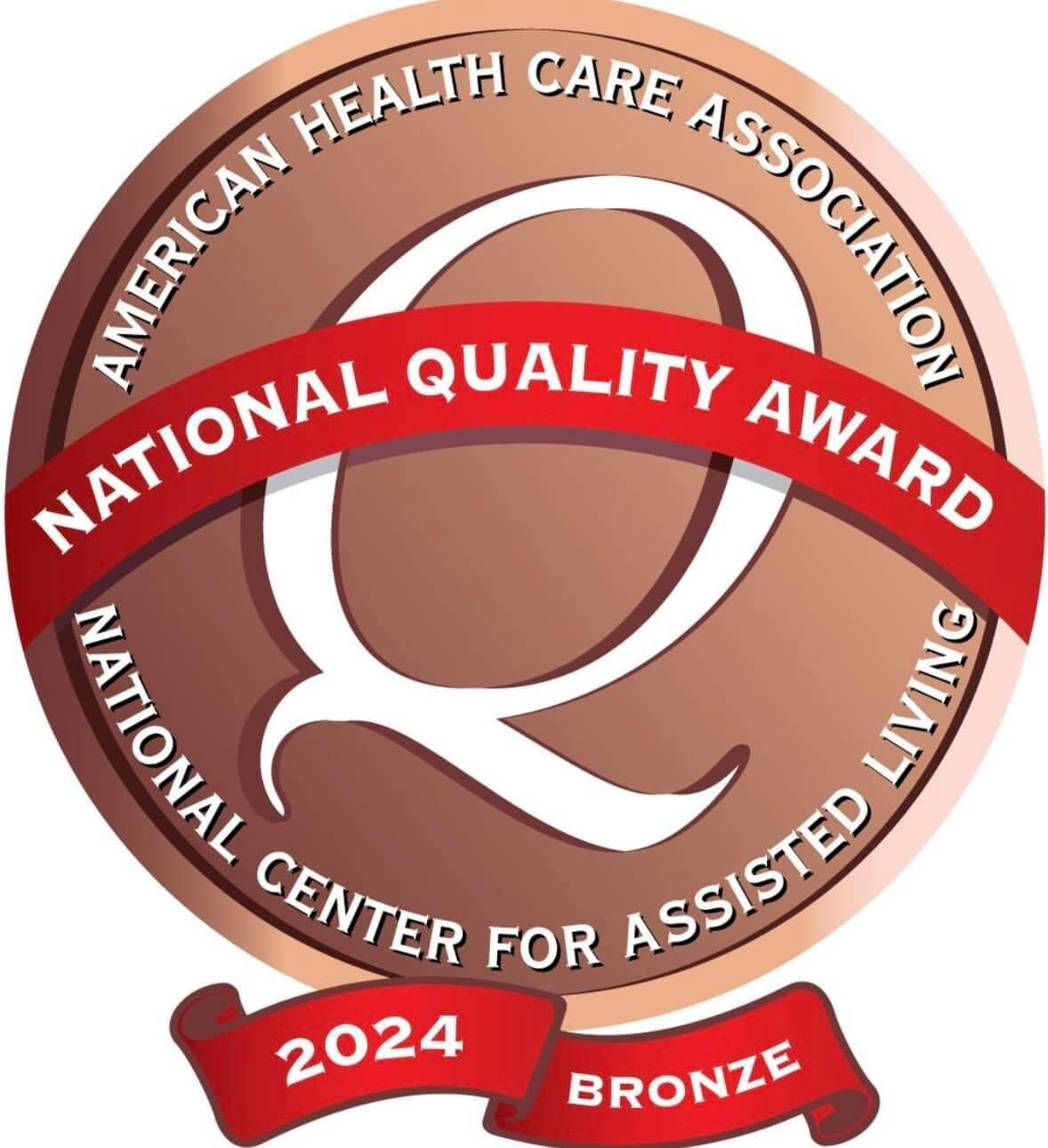Senior Living Answers & General Information
What are the visiting hours?
We do not have specific visiting hours as long as visitors respect the residents and their habits. Many residents start getting ready for bed by 7:00 or 8:00 PM. Of course, in instances where residents are in a semi-private room, we ask that visitors be respectful of the other residents.
How often does the physician visit?
Under state and federal guidelines, the physician visits skilled nursing residents every 30 days for the first 90 days, every 60 days thereafter, and on an as-needed basis. If you choose our Medical Director as the attending physician, he visits our facility twice per week, and there is nurse practitioner coverage three times per week. Of course, there is a physician on call 24/7.
What forms of payment do you accept?
- Medicare
- Medicaid
- Veteran’s Benefits
- Long Term Care Insurance
Are activities for the residents provided?
Activities are provided for the residents every day of the week. These activities vary, and different groups from the community, in addition to our activity staff, participate.
How do residents get to appointments with other medical specialists?
The facility provides most transportation services or helps to arrange transportation services for residents. (Any specifics relating to charges are covered in the Admission Packet)
When will rehabilitation therapy begin once the resident is admitted to the facility?
In most cases, Therapists will evaluate within 24 hours of admission. This creates a smooth transition from the hospital and gives the patient the best opportunity for a positive experience.
Can the residents have personal telephones and televisions?
Yes, we provide a satellite system for residents who bring in their own televisions. Televisions and telephones are provided free of charge in our short-term rehab unit. Residents may also arrange with the telephone company to initiate telephone service in their rooms in other areas of the facility. The facility does provide telephones for the residents’ personal use in the main lobby and other private places.
Are pets allowed to visit the nursing facility?
Yes, but an up-to-date record of vaccinations must be kept on file in our Activities Department for all visiting pets.
What causes nursing facilities’ quality indicators to vary so much between different homes?
Many factors can affect the quality indicator numbers. For instance, we have a specialized dementia unit at our facility; therefore, it should be expected that our psychotropic drug use would be higher than facilities that don’t specialize in Alzheimer’s and dementia care. Also, facilities with specialized dementia units have a higher number of end-stage Alzheimer’s and Dementia care residents. These are just two examples of why quality indicators may vary between facilities. There are many other factors to consider based on the type of residents that facilities care for, with one of the most significant factors being the accuracy of the assessments that are filled out and sent to the state where the data is collected.
How do we evaluate the nursing home based on the state citations that the facility has received?
It is difficult to evaluate the facility’s performance and quality of service according to the state citations. It is better to look at the citation level to determine the severity of the citations at the facility. Often, a facility gives excellent care to the residents, but staff members may miss specific regulatory details during observation by the surveyors. This can result in deficiencies in the facility. Always notice the odor in the facility to determine if there is a lingering odor, which could indicate a problem with cleanliness and care; observe the staff to see if there is a positive interaction with the residents of the facility and most of all, stay in tune with your feelings of the overall environment while taking a tour of the facility.
Do you have more questions? Call 828-253-4437 to speak with one of our representatives and get the answers you need.





